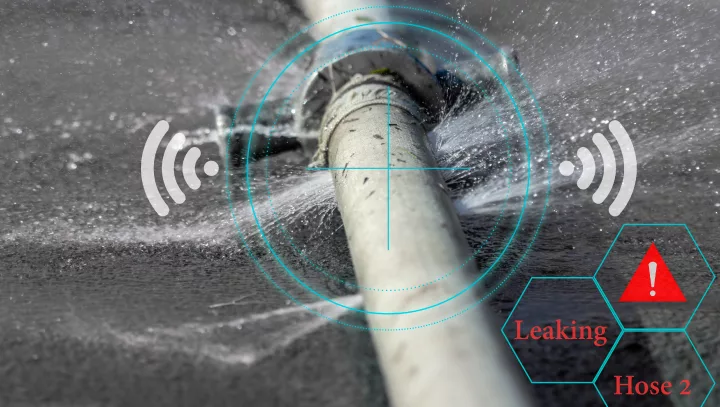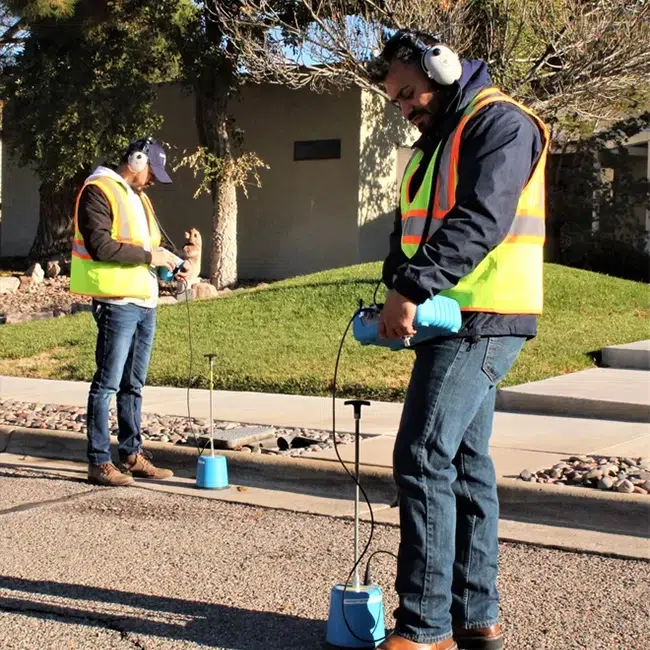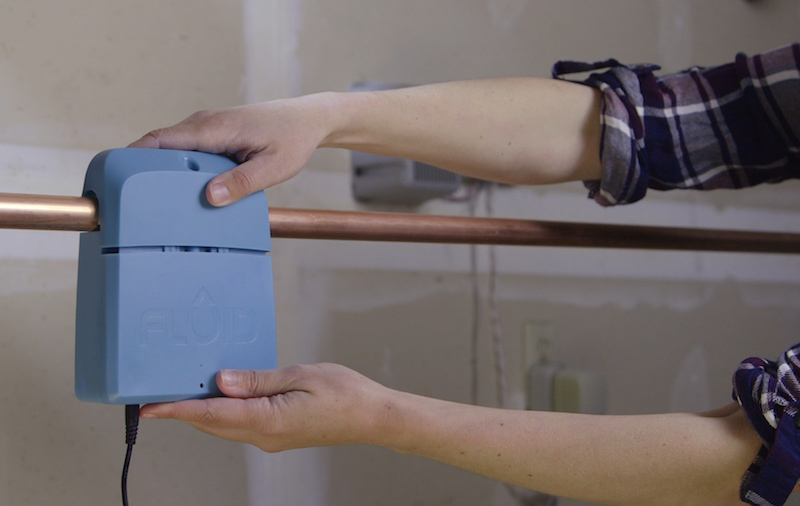Expert Water Leak Detection Providers: Protect Your Home from Pricey Damage
Expert Water Leak Detection Providers: Protect Your Home from Pricey Damage
Blog Article
Ingenious Solutions for Very Early Detection of Water Leakages in Structures and Infrastructure
From innovative leakage detection innovations to the implementation of IoT sensors for real-time tracking, the landscape of leakage prevention is developing swiftly. Automated water circulation evaluation systems are improving just how leaks are recognized and resolved, paving the means for a positive strategy to water leakage discovery.
Advanced Leakage Detection Technologies
Advanced leak discovery innovations, furnished with cutting-edge sensing units and formulas, play a crucial duty in swiftly identifying and pinpointing water leakages in various settings. Electromagnetic sensing units can determine modifications in electromagnetic areas triggered by water, providing yet one more layer of leakage discovery capability.

IoT Sensors for Real-Time Tracking
In the realm of modern water leak discovery, the integration of IoT sensing units for real-time monitoring represents a pivotal innovation in enhancing positive leak detection capabilities. These sensors provide continuous tracking of water systems, providing real-time data on water flow prices, pressure variations, and temperature modifications. By leveraging IoT technology, these sensors can identify also the tiniest anomalies in water usage patterns, making it possible for early identification of prospective leaks prior to they escalate into major problems.
IoT sensors transfer information to a central system, where sophisticated algorithms analyze the info and generate signals or alerts when irregularities are spotted. This real-time surveillance ability allows homeowner or facility managers to promptly address leakages, reducing water damage, decreasing repair service expenses, and preserving water resources.
Moreover, IoT sensing units can be integrated with structure administration systems, permitting automatic reactions to discovered leaks, such as shutting off water shutoffs or turning on pumps to reduce the influence of leakages. Generally, the implementation of IoT sensing units for real-time monitoring significantly improves the efficiency and effectiveness of water leakage detection in buildings and framework.
Maker Knowing Algorithms for Leak Forecast

One trick advantage of using machine learning for leakage prediction is its capacity to continually learn and boost its precision in time. As even more data is accumulated and fed right into the algorithm, it can refine its predictions and adjust to changing problems, ultimately boosting the integrity of leak discovery systems.
Additionally, device discovering formulas can help in recognizing subtle indications of leakages that may go undetected by conventional surveillance approaches. water leak detection. By examining anchor complicated data sets in real-time, these formulas can offer early cautions and signals, enabling prompt intervention and preventative upkeep to minimize potential water damage and linked expenses
Using Thermal Imaging for Leakage Discovery
Thermal imaging modern technology offers an encouraging technique for identifying water leaks in numerous systems and frameworks. By using infrared radiation and temperature variations, thermal imaging cameras can identify surprise leakages that are not easily noticeable to the naked top article eye.
One of the essential benefits of thermal imaging for leak discovery is its non-intrusive nature. Overall, the use of thermal imaging innovation boosts the effectiveness and precision of water leakage detection, making it an important device for maintaining the stability of structures and facilities.
Automated Water Flow Evaluation Equipments
Exactly how can computerized water flow analysis systems revolutionize the detection and management of leaks in various systems and infrastructures? Automated water flow analysis systems offer a proactive method to leakage detection by continuously checking water flow rates and patterns. By establishing baseline information, these systems can promptly identify inconsistencies that might suggest a leak, allowing punctual treatment to avoid extensive damages.
These systems make use of sophisticated algorithms to analyze real-time information and provide prompt notifies when anomalies are spotted, enabling for swift activity to be taken. Furthermore, automatic water circulation evaluation systems can be integrated with structure management systems or IoT platforms, boosting general effectiveness and making it possible for remote surveillance capacities.
Moreover, the information accumulated by these systems can be made use of for predictive upkeep objectives, aiding to recognize prospective weak factors in the facilities before leaks occur. In general, the application of automatic water circulation evaluation systems can considerably boost leakage discovery and management techniques, eventually bring about cost savings, reduced water wastage, and enhanced sustainability in structures and infrastructure.

Verdict
Finally, the combination of advanced leakage detection modern technologies, IoT sensing units, device learning algorithms, thermal imaging, and computerized water flow analysis systems supplies ingenious solutions for very early detection of water leakages in buildings and Bonuses facilities. These technologies allow real-time tracking, forecast of leaks, and efficient discovery approaches to protect against water damages and waste. Executing these services can help in maintaining the integrity and sustainability of water supply in numerous settings.
Report this page